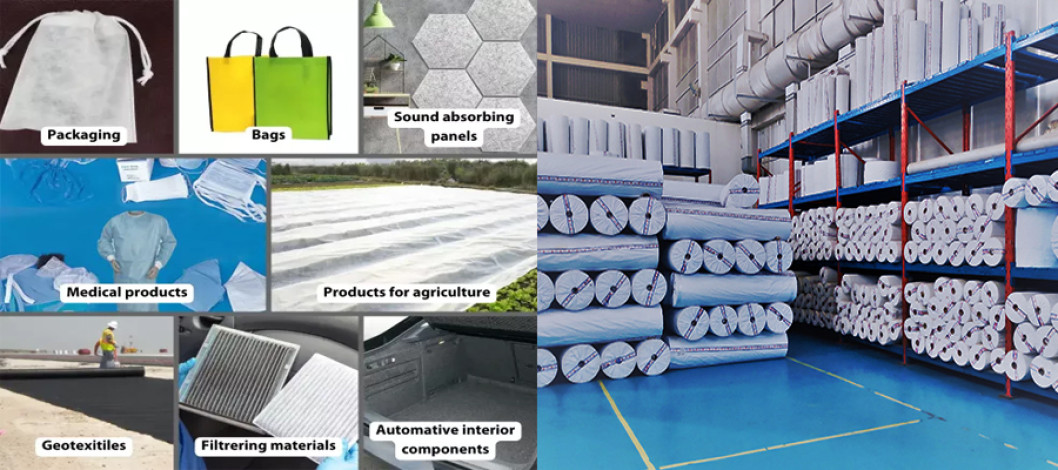
File photo
The global nonwovens market continues to show steady growth, driven by robust demand in healthcare and hygiene products, alongside a growing focus on sustainability and eco-friendly alternatives, according to market analysis reports from 2023-2024. Key factors influencing the market include increased consumer health awareness, innovation in biodegradable materials, and continued demand for disposable personal protective equipment (PPE), which was notably amplified by the COVID-19 pandemic. Major market growth is occurring in the Asia-Pacific region, particularly in China and India, which are significant exporters and have strong healthcare sectors.
Key Market Drivers
Healthcare & Hygiene:
This is the largest segment, driven by demand for medical supplies like gowns, masks, and wound dressings, as well as consumer products such as diapers and feminine hygiene items.
Sustainability:
A significant push for biodegradable and recyclable nonwoven fabrics made from natural fibers is shaping market expansion, supported by stricter environmental regulations and rising consumer demand for eco-conscious products.
Innovation:
Technological advancements in nonwoven manufacturing processes, such as spunbonding and meltblown techniques, are increasing the efficiency, quality, and cost-effectiveness of these materials.
Regional Dynamics
Asia-Pacific:
This region holds the largest market share due to a growing middle class and an expanding healthcare sector.
Government Support:
Policies encouraging domestic manufacturing of medical supplies and sustainable practices, such as in the North American market, further bolster growth.
Recent Trends
Specialty Products: There is increasing demand for specialty nonwoven products and services.
Raw Material Volatility: Fluctuations in raw material prices, such as polypropylene linked to oil prices, can impact manufacturing costs and supply chain stability.
Focus on Lighter Materials: Innovation has led to a reduction in the basis weight of nonwoven fabrics, allowing for lighter and more efficient products, particularly in hygiene applications.
Source: Online/NAN
Comment Now